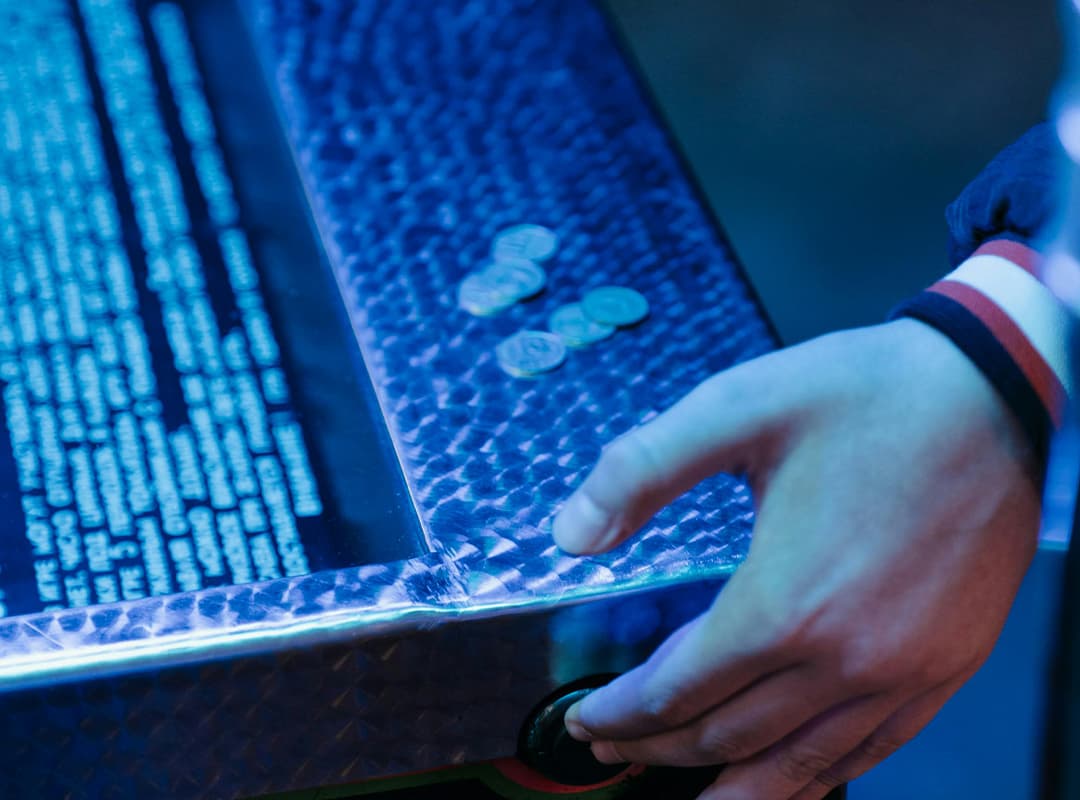Bimetallic coins, renowned for their unique combination of two distinct metals, have evolved significantly over time. From their initial introduction to their modern incarnations, bimetallic coins have showcased a remarkable transformation in design, technology, and usage. In this article, we will explore the evolution of bimetallic coin design, tracing its journey from classic styles to contemporary innovations. We will also delve into how modern trends, such as the rise of touchless car wash systems and the cataloging of historical tokens, influence current design practices.
The Beginnings of Bimetallic Coinage
Historical Roots: The concept of combining different metals in a single coin isn’t entirely new. Early examples of bimetallic designs can be traced back to ancient times, where various alloys were used to enhance the durability and aesthetic appeal of coins. However, the modern era of bimetallic coinage began in the late 20th century with the advent of new minting technologies.
Classic Designs: Early bimetallic coins often featured straightforward designs with a focus on functionality. The classic designs were primarily practical, intended to facilitate everyday transactions and maintain durability. The use of different metals in the core and outer rings of these coins was designed to enhance their longevity and resistance to wear.
The Rise of Modern Bimetallic Designs
Technological Advancements: The late 20th and early 21st centuries saw significant advancements in minting technologies. Modern bimetallic coins now benefit from precise manufacturing processes, allowing for intricate and detailed designs. Innovations such as laser engraving and high-definition printing have enabled mints to create complex patterns and secure features.
Contemporary Aesthetics: Today’s bimetallic coins often feature elaborate and thematic designs, reflecting a wide range of cultural, historical, and artistic elements. For example, commemorative bimetallic coins may celebrate significant events or landmarks, such as the introduction of touchless car wash lexington ky, which represent advancements in technology and convenience.
Design Trends: Contemporary designs incorporate elements that cater to both aesthetic appeal and functionality. For instance, bus tokens, which were once simple and utilitarian, have evolved into collectible items with detailed artwork and historical significance. This shift in design focus highlights the growing emphasis on both practical use and collectible value.
Influence of Modern Trends on Bimetallic Design
Impact of Technology: The integration of technology in daily life, such as touchless car wash systems, has influenced the design of bimetallic coins. Mints often draw inspiration from technological advancements to create coins that reflect contemporary society. The design of a coin celebrating a touchless car wash lexington ky system could incorporate elements such as sleek lines and modern symbols to represent innovation and progress.
Cataloging and Research: Resources like the Romans Online Catalog play a crucial role in documenting and researching bimetallic coins. This catalog provides detailed information on various coins, including their designs, historical context, and market value. By maintaining a comprehensive database, collectors and researchers can track the evolution of coin designs and appreciate the intricacies of modern bimetallic artistry.
Collectibility and Investment: The evolution of bimetallic coin design has also impacted their collectibility and investment potential. Modern collectors seek coins that feature unique and innovative designs, often reflecting contemporary themes and technological advancements. Coins that commemorate significant events or innovations, such as new technologies and advancements in transportation, often hold greater appeal for investors and collectors.
Examples of Evolution in Bimetallic Design
Classic Bimetallic Coins: Early examples of bimetallic coins include the 1999 European Union 1 and 2 euro coins, which feature a central core made of one metal and an outer ring of another. These classic designs were revolutionary at the time for their durability and visual appeal.
Modern Innovations: Recent releases, such as commemorative bimetallic coins celebrating milestones in technology or cultural achievements, showcase the ongoing evolution of design. For instance, coins commemorating the introduction of advanced systems in transportation, like touchless car washes, illustrate how modern themes are integrated into coin design.
Bus Tokens and Their Legacy: Historically, bus tokens served as practical means of fare payment. Today, collectible bus tokens often feature detailed artwork and historical references, reflecting their transition from everyday items to valuable collectibles.
The evolution of bimetallic coin design is a testament to the dynamic interplay between technology, artistry, and functionality. From the straightforward designs of early coins to the intricate and thematic creations of today, bimetallic coins have undergone a remarkable transformation. Modern trends, such as the integration of technological advancements and the influence of comprehensive catalogs like the Romans Online Catalog, continue to shape the future of bimetallic design.
As collectors and enthusiasts look to the future, the evolution of bimetallic coins will undoubtedly continue to reflect both historical significance and contemporary innovation. By understanding this evolution, collectors can better appreciate the artistry and technological advancements that define the world of bimetallic artifacts.



